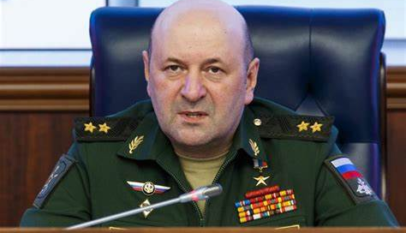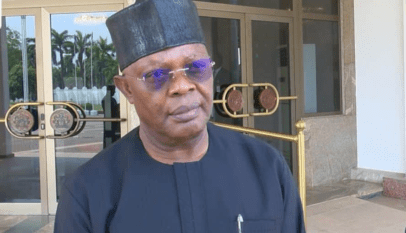
Photo: President al-Assad: Out in a blaze of ignominy
The Man Bashar al-Assad:
President Bashar al-Assad the deposed iron-fisted leader is a second generation of an autocratic family dynasty that held power for more than five decades and downfall signals an astonishing reordering of power in a strategically vital Middle Eastern nation.
Assad is known for his brutal rule over Syria, which since 2011 has been devastated by a civil war that ravaged the country and turned it into a breeding ground for the extremist group ISIS while sparking an international proxy war and refugee crisis that saw millions displaced from their homes.
Family rule:
Assad took power in an unopposed election in 2000 following the death of his father Hafez al-Assad, who rose from poverty to lead the Baath Party and seized power in 1970, becoming the country’s president the following year.
Like the son who succeeded him, Hafez al-Assad tolerated little dissent with oppression widespread and periodic bouts of extreme state violence.
As a second son not poised to take up his father’s mantle, Assad studied ophthalmology in London until his older brother Bassel, who had been groomed to succeed Hafez, died in a car crash in 1994. Bashar al-Assad was then thrust into the national spotlight and studied military science, later becoming a colonel in the Syrian army.
Arab Spring to civil war: Western hopes of a more moderate Syria under Assad sank when he promptly maintained his country’s traditional ties with militant groups, such as Hamas and Hezbollah. They then turned to outright condemnation of the regime after he met the 2011 pro-democracy groundswell with brutal force.
Syria then descended into civil war which has lasted since then and culminated in this week’s extraordinary events.
Civil war
Assad’s forces were known for brutal tactics during the civil war that ensued after the crackdown on 2011 pro-democracy protests, when an armed opposition made up of small organic militias and some defectors from the Syrian military formed.
On 2013, UN weapons inspectors returned “overwhelming and indisputable” evidence of the use of nerve gas in Syria. Then UN Secretary-General Ban Ki-moon called the August 21 attack described in the report, which took place in the Damascus suburbs, “the worst use of weapons of mass destruction in the 21st century.”
The United States said that attack may have killed more than 1,400, including hundreds of civilians. Syrian officials have repeatedly denied allegations of war crimes and crimes against humanity.
The attack and others galvanized world powers to work to dismantle the regime’s chemical arsenal and pushed the US in 2013 to up its support for Syrian opposition forces, following what Washington said was the crossing of a “red line.”
Assad warned Western nations against supporting rebel groups battling his armed forces, predicting the militants would one day strike against the US and others. Later, in 2015 the leader said Syria wouldn’t join a US-led coalition focused on destroying terror group ISIS, which took control of parts of the war-torn country during the war.
The conflict is now a cornerstone of Assad’s brutal legacy, leaving hundreds of thousands of dead, and what the United Nations earlier this year said was more than 7 million internally displaced and over 6 million international refugees.
Courtesy ccn


































